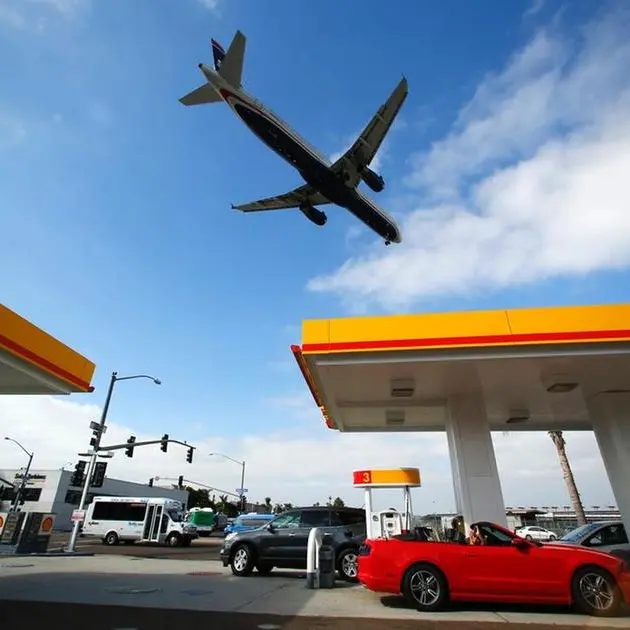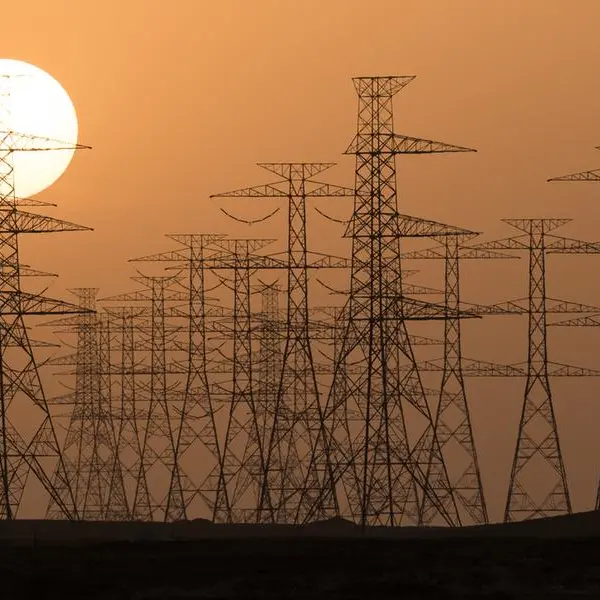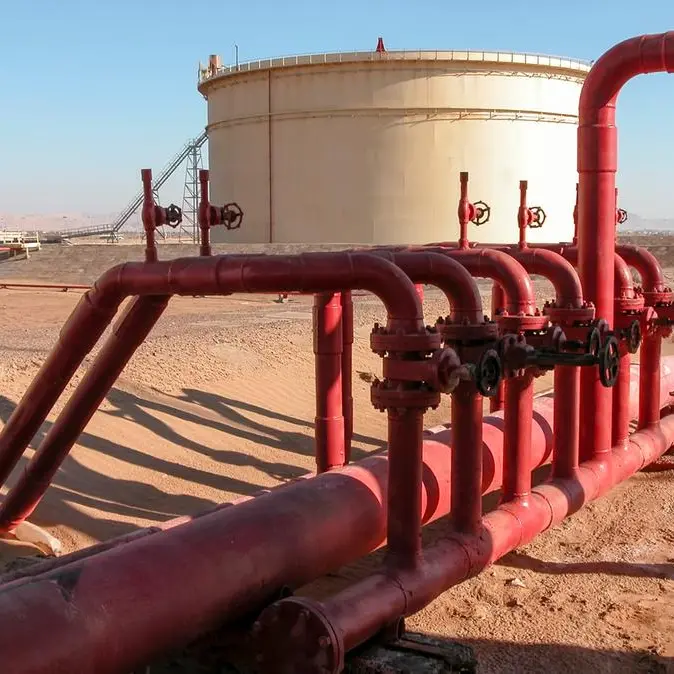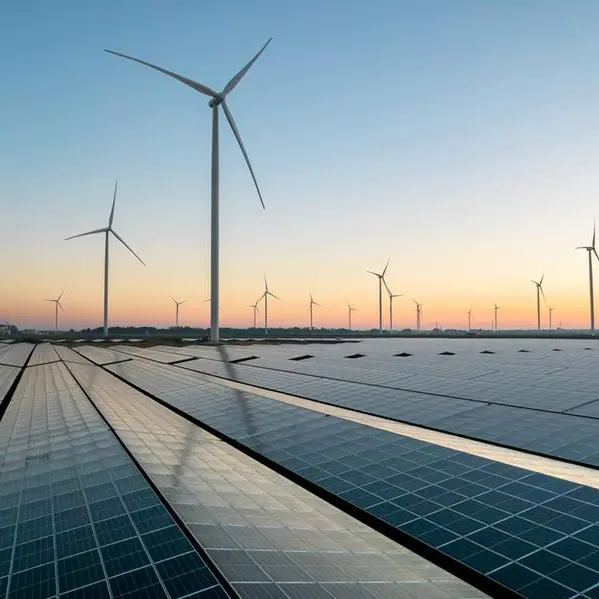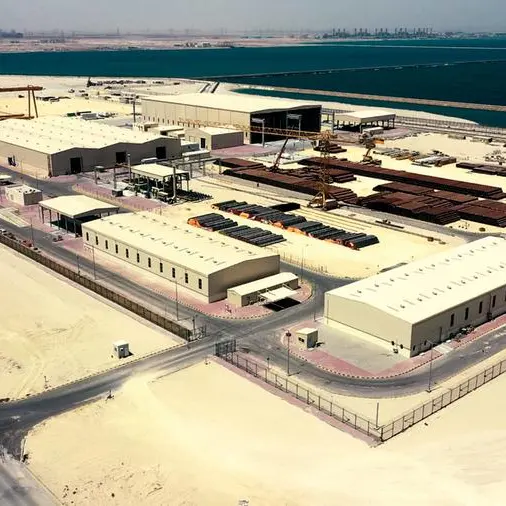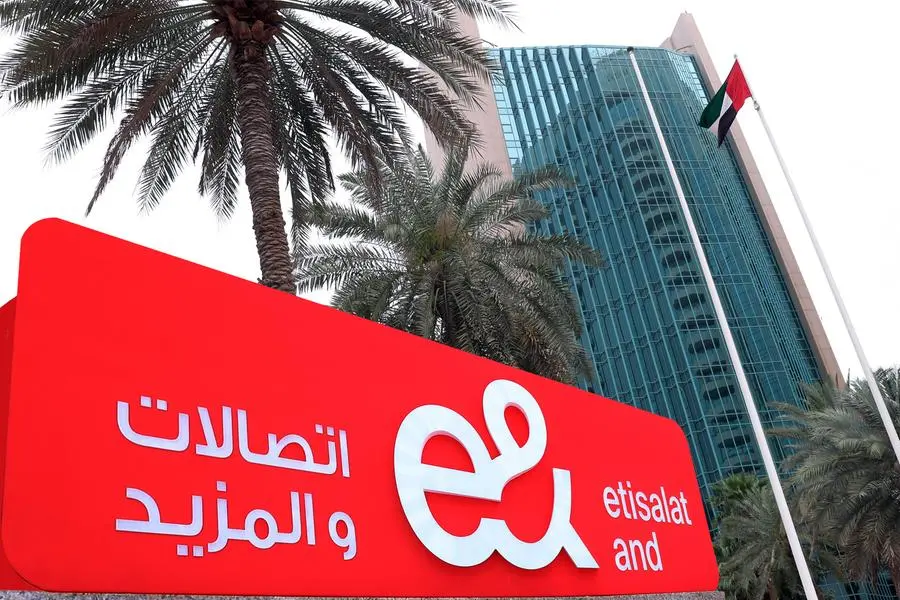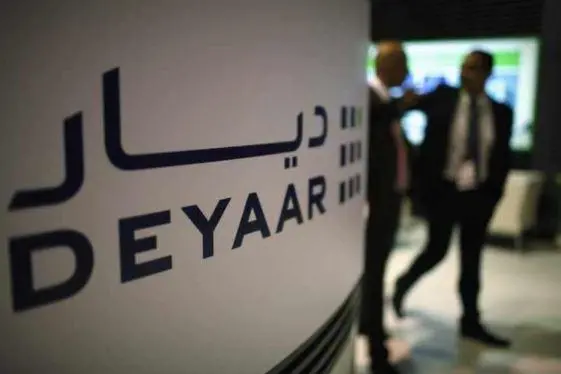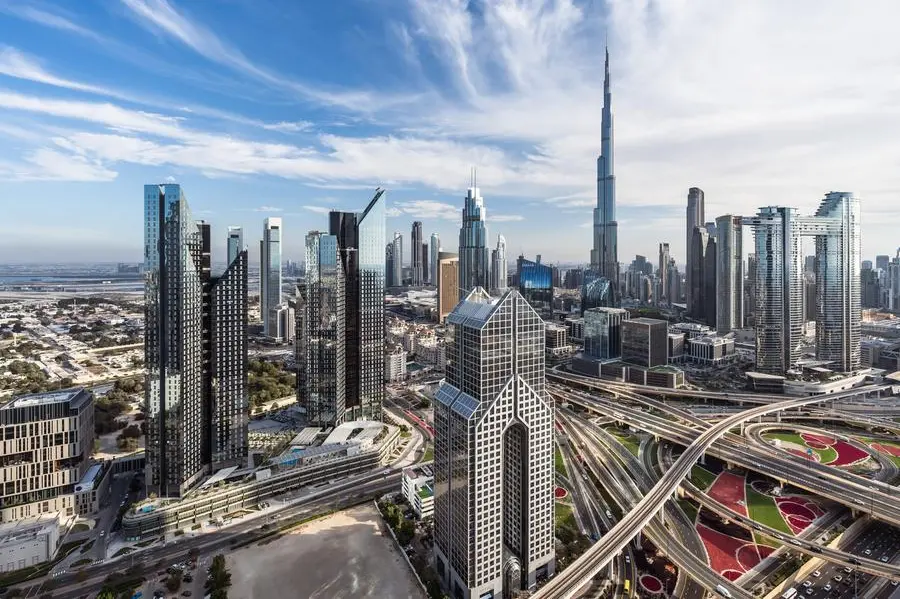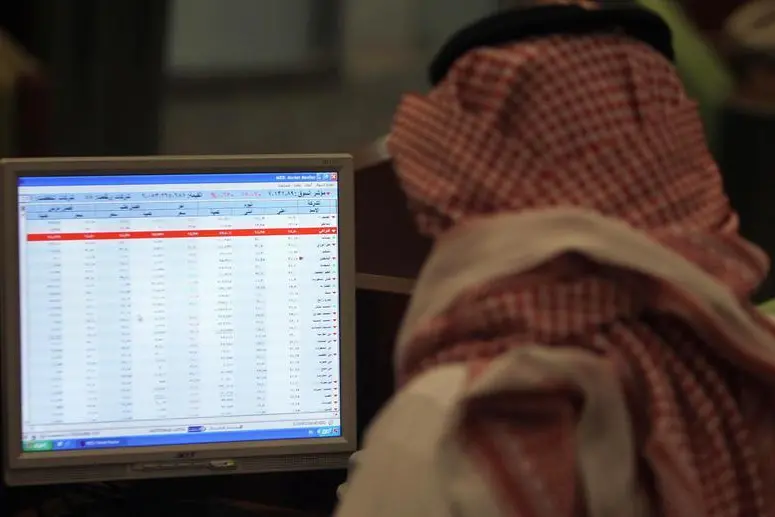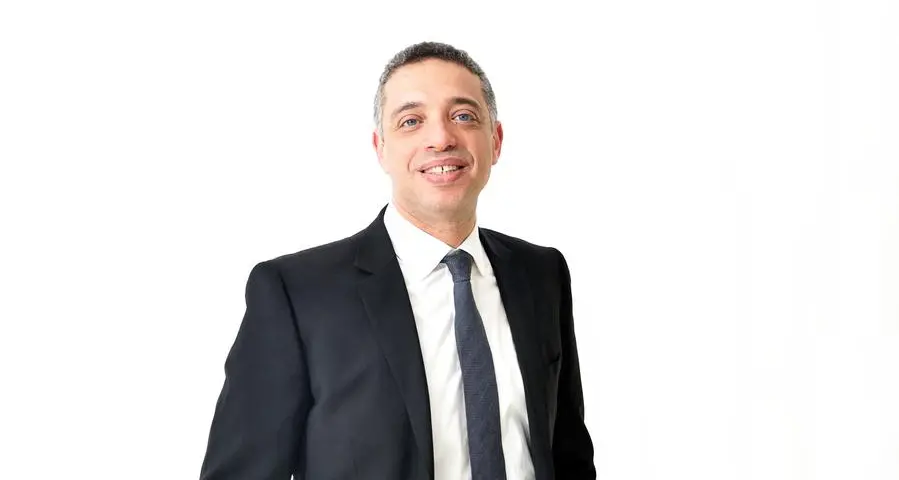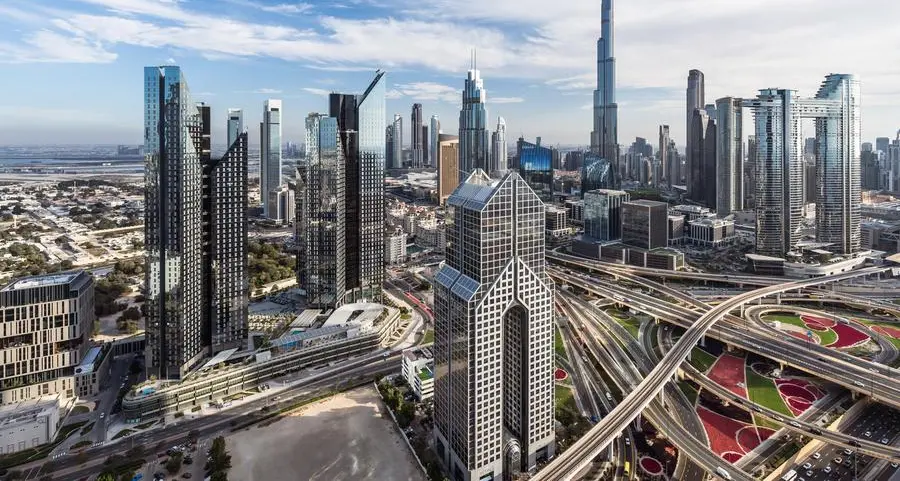The Zimbabwe Electricity Supply Authority (ZESA) will likely continue implementing higher levels of load shedding through at least late November as the utility provider grapples with various issues. Zimbabwe resumed higher stages of power cuts in June due to an ongoing drought and low hydropower generation. In late August, a technical problem at the Hwange Thermal Power Station worsened supply shortages, reportedly extending some power cuts to 18 hours daily. Planned repairs and low water levels are limiting production from Zimbabwe’s main hydro plant in Kariba. The Zambezi River Authority reported that water levels had dropped to around 4.5 percent in late October 2024, compared to 18.6 percent in late October 2023.
The upcoming rainy season could help replenish dam levels in the coming weeks and alleviate the effects of the drought; it could nevertheless take several weeks or months to lead to improvements. Temporary commercial and communications disruptions are possible while load shedding and unscheduled disruptions occur; cellular and mobile services could be affected. Traffic disruptions and longer driving times are likely during these periods due to malfunctioning traffic signals. Power outages could also result in temporarily unavailable essential services such as ATMs and filling stations. There is an increased security threat during power outages. Blackouts could adversely affect security protocols, including alarm systems and electronic fences; opportunistic criminal activity could increase during electricity outages.
© Copyright The Zimbabwean. All rights reserved. Provided by SyndiGate Media Inc. (Syndigate.info).
